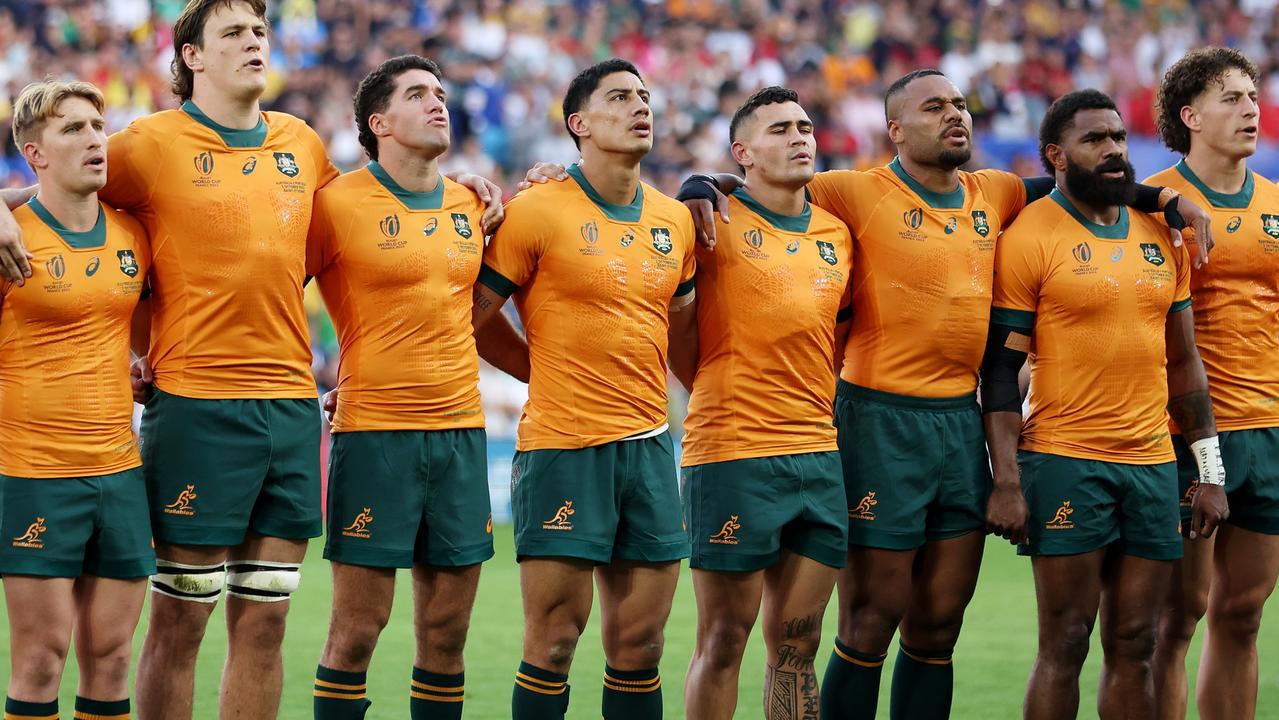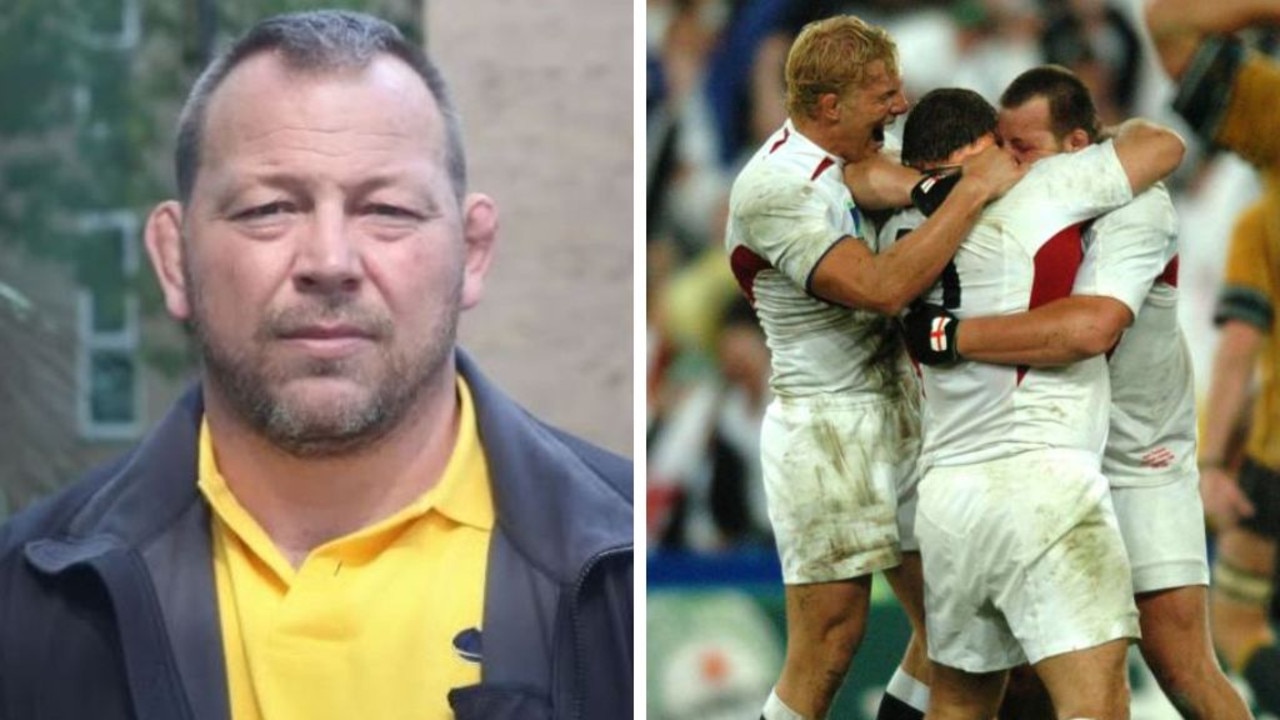New Zealand admits playing games with its line-up secret
Sonny Bill Williams is at the centre of an All Blacks mind game that Kiwi coaches have admitted they will play all the way to the World Cup final.
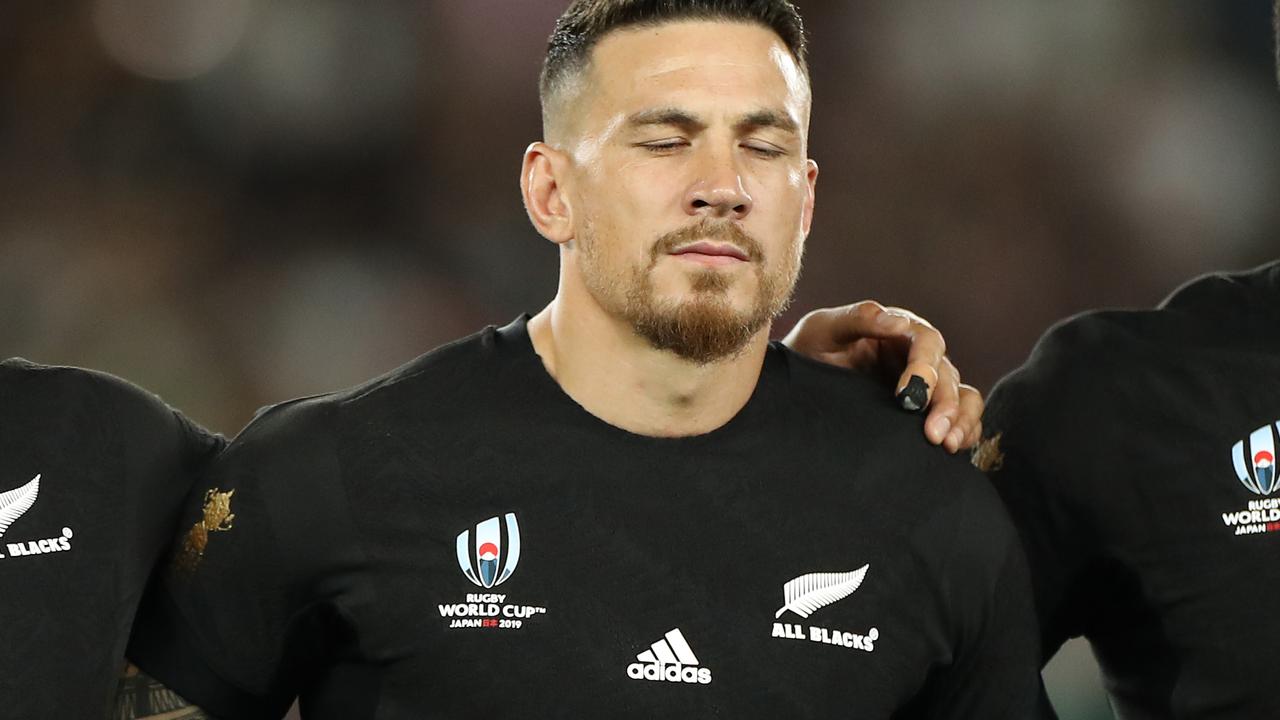
As rotation moves into full swing for the remainder of the pool matches, the Rubik’s Cube that is the starting All Blacks midfield won’t become clear for a few weeks yet.
Ryan Crotty, Anton Lienert-Brown, Sonny Bill Williams, Jack Goodhue. Take your pick. Any two could be paired together, with a third off the bench.
Privately the All Blacks know their best combination but, for now, they are giving nothing away.
“Do we think we know what our leading midfield is? Probably,” All Blacks assistant coach Ian Foster said as the team prepares to relocate to the southern Japanese city of Beppu. “We’ve got a pretty good idea but I’m not going to tell you.”
Goodhue’s hamstring issue wasn’t risked in the opening Rugby World Cup win over the Springboks where Crotty, who turned 31 yesterday, and Lienert-Brown combined nicely.
Prior to his injury, Goodhue was considered New Zealand’s leading centre after shifting from Northland to quickly establish his influential presence alongside Crotty at the Crusaders.
But in Goodhue’s recent absence, Lienert-Brown has seemingly complicated the picture by making the centre role his own. Though equally comfortable at second five-eighth Lienert-Brown’s consistent form in the 13 jersey – he laid on Scott Barrett’s try against the Boks with superb footwork and acceleration when cutting infield – challenges Goodhue’s status.
Provided Goodhue proves his fitness he is likely to return at centre for Canada next week, possibly outside Williams who came off the bench for 30 minutes against the Boks.
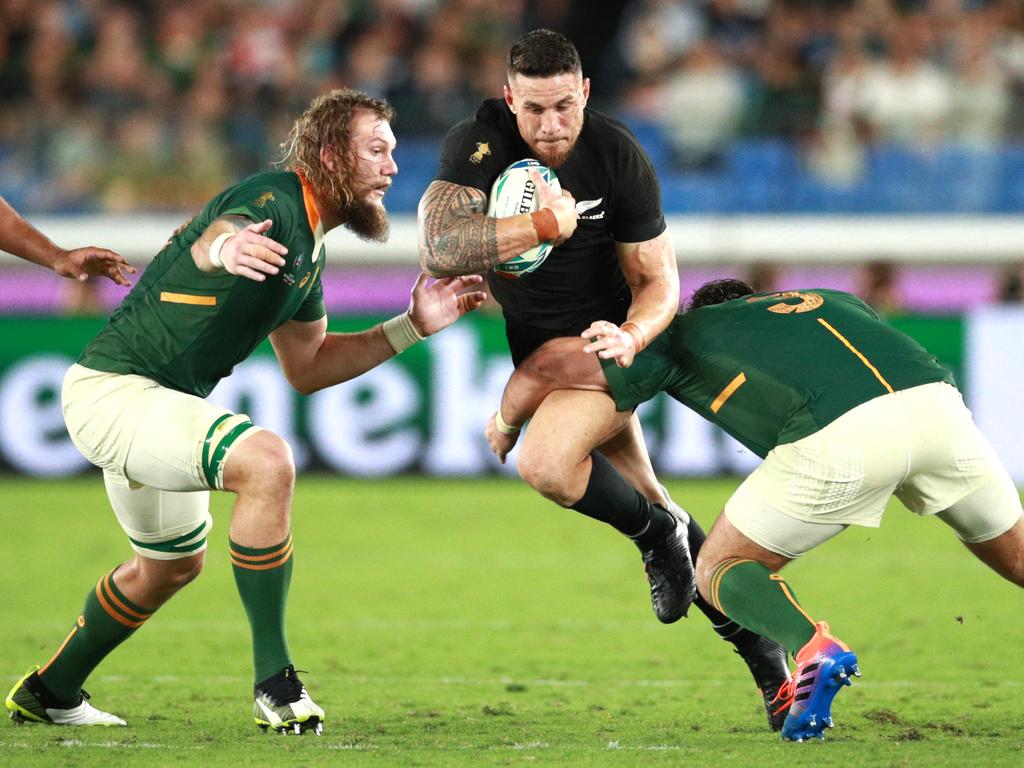
“I’m running well, there’s just a few little things like over the ball when you extend a bit too much, but I’m pretty happy with it,” Goodhue said one day before the All Blacks defeated the Boks in Yokohama. “The body is feeling good otherwise so I definitely think I’ll be available for the next game.”
With four midfielders at the top of their game, this area seems the most competitive of all for the All Blacks.
With four days between their next two matches against Canada and Namibia widespread changes are inevitable so each of the midfield quartet will get chances to state their case with starting opportunities.
Come the quarter-final and knockout arena, though, the All Blacks will then be expected to settle on their preferred pairing.
“This sounds boring but we’re actually happy with any selection we’ve got in the midfield at the moment,” Foster said.
“I’m really happy with the combinations we’re developing and history has told us it’s a physical area. We’ve often had to make changes in that area the last two years.
“We haven’t had a lot of consistency with two guys doing the role for us in a whole lot of tests in a row. People see that as a negative, we see that as a positive. We’ve got four guys ready to play and they’ve all got slightly different skill sets and it does mean we can mix and match a bit.
“I thought Ryan and Anton went pretty good with their combination and we’ll see what else we come up with.”
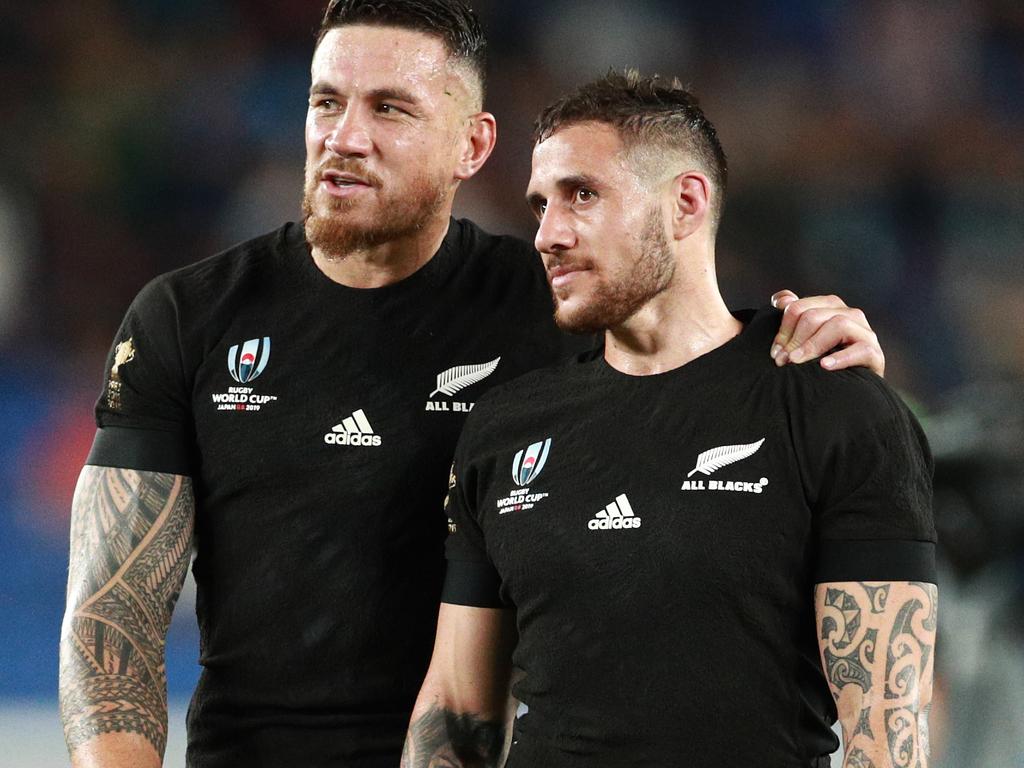
While Foster knows his favoured pairing, the ever-maturing Lienert-Brown acknowledged the players remain in the dark. He also gave a nod to the depth on offer after Ngani Laumape missed the squad selection.
“I wouldn’t have a clue what he sees as his best combination,” Lienert-Brown said. “I’m fortunate at the moment to be starting at 13 but there’s four world-class midfielders in my opinion and a fifth one playing for the Manawatu Turbos as well.
“It’s great for your rugby because it keeps you on your toes and pushes you to be a better footy player every day. A strength of our group is we are really tight.
“Obviously we all want to be starting but four doesn’t fit into two so it’s about whoever starts preparing them well for that week.”
Lienert-Brown shifting in one spot to partner Goodhue, with Williams off the bench, could emerge as the favoured approach but that combination would leave the All Blacks lacking experience across the starting backline.
For now, All Blacks management are clearly content to keep the public, players and opposition guessing.
ALL BLACKS RESPOND TO CHEAP SHOT CONTROVERSY
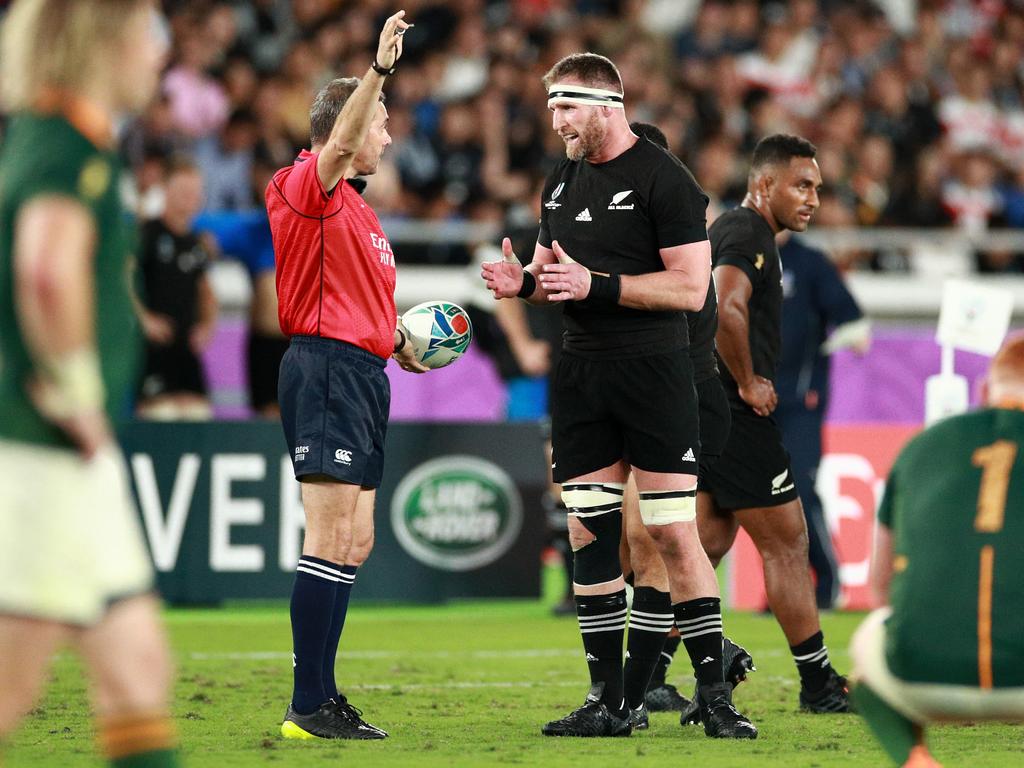
All Blacks assistant coach Ian Foster has attempted to draw a line under the Kieran Read potential foul play incident which saw the captain’s arm connect with Pieter-Steph du Toit’s neck area during the recent Rugby World Cup pool match in Yokohama.
The incident early in the second half as Read attempted to stop du Toit charging through a lineout to get to halfback Aaron Smith has received plenty of views on social media and a variety of reactions to match, particularly from supporters of the All Blacks and Springboks.
The All Blacks won the game 23-13 and are highly likely to win Pool B as a result, a key position given Ireland’s comprehensive 27-3 win over Scotland at the same Yokohama Stadium venue on Sunday. As it stands, the All Blacks are likely to play the Scots in their quarter-final, with an ominous looking Ireland, the probable Pool A winners, playing South Africa in theirs.
“I saw it,” Foster said of the Read incident. “I think the game needs to be reassured that we’re probably at the most scrutinised World Cup ever. There are a lot of cameras on that people are looking at and citing commissioners and television match officials. I think we’ve just got to have a bit of faith in that program rather than reacting to social media.”
Foster’s reference to scrutiny as far as official discipline protocols goes refers too to social media.
This is likely to be a recurring theme at this World Cup and all that follow and in fact new footage has come to light on a social media platform showing Ireland prop Tadhg Furlong in a potential foul play incident involving Scotland flanker Hamish Watson which resulted in an injury and an early flight home for the Scotsman.
In attempting to clean out Watson at a ruck, Furlong cocks his shoulder and drives into his unprotected opponent. The only citing of the tournament so far has been that of Wallabies wing Reece Hodge for his shoulder to the head of Fiji flanker Peceli Yato in Australia’s 39-21 win in Sapporo.
The All Blacks, however, proud of giving up only four penalties to South Africa’s nine, have other matters to concern themselves with; primarily a trip to Beppu on the southern island of Kyushu tomorrow (Tuesday) where they will prepare to play Canada at Oita on October 2.
They are happy with where they are at performance-wise and are preparing to welcome back Brodie Retallick following his recovery from a dislocated shoulder; they won’t put a date on his return, but his involvement in their third pool game against Namibia in Tokyo on October 6 wouldn’t surprise.
Foster said he was happy with his side’s ambition and creativity against the Boks and the next phase of the tournament would be to improve the game understanding and connections between players on the field.
“The reality is we’ve got three more opportunities to hone our game and get it to the point we need it to be at,” Foster said. “We’re going to go into this Canada and Namibia phase … to really grow confidence in some parts of our game that are still not quite right. World Cups are about living your standards daily. The minute we think we’ve had one good game and made it then we’re going to get smacked.”
Already it appears that the All Blacks have dodged a potential bullet by beating South Africa, as Ireland, who calmly and efficiently dismantled Scotland, appear a dangerous prospect. Foster described them as “ruthless”.
“They did what they had to do in those conditions. It was a big game for them. I thought there was a lot in that game early but Ireland obviously just wore them down with the methodical way they went about things. They went to their areas of strength – their lineout drive – they’ll be pretty satisfied.”


